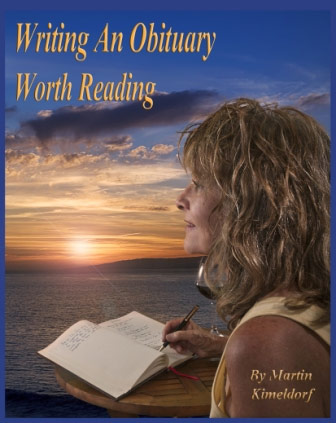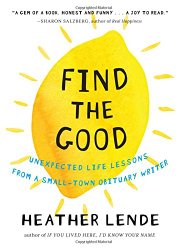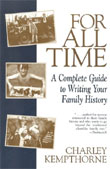Another Story of Mayhem from the
Brandon Cemetery
Brandon Sun, May 14, 2018
David McConkey
Why are we drawn to stories of mayhem? Even when they are horrific tragedies? For one thing, we are attracted to newsworthy events. And there is another reason as well. Let’s take a look at this as we recall another story of mayhem from the Brandon Cemetery.News is when things go wrong. Houses not on fire do not make the news. Vehicles not crashing do not make the news. And we are fascinated by the news. As the saying goes, we can’t look away from a train wreck.
And there is something else driving our interest in mayhem. This became clearer to me after reading the new book, Enlightenment Now: The Case for Reason, Science, Humanism, and Progress. Author Steven Pinker’s optimistic theme is that people everywhere are living better lives than ever before.
Pinker notes that a combination of factors work to make our lives safer and healthier. Accidents are one. When things go awry, we observe what took place, and then figure out how to improve things for the next time. That’s how we get better knowledge, better practices and better regulations. Out of today’s mayhem comes tomorrow’s better world.
Now for our tragic story.
“Seven Men Burned to Death in Barn,” the Brandon Daily Sun headline screamed on Sept. 11, 1915. “Ten Head of Horses, Team of Mules, Hay and Building Destroyed,” the headline continued. “Charred Bones are all that Remains of Seven Men who went to Sleep in Magee’s Barn.”
The story of what happened was told by those at the scene and at a coroner’s inquest that convened the next day in the farmhouse parlour.
Alfred Magee had a farm just west of Brandon, midway between Kemnay and Alexander. To help with the harvest, he brought in a seven-man threshing crew. On Friday night, Sept. 10, Magee prepared a sleeping place for the workers in a granary. Instead, they chose to sleep in a barn, which was filled with hay. Shortly after retiring for the night, Magee was awakened by his horses trying to escape an inferno.
“The affair is of so tragic a nature as to be almost unbelievable,” the Sun said, “and has set the whole countryside aghast.”
Who were the seven threshermen? The Sun reported that they were single; one was a teenager, the others were in their 20s or 30s. They were paid by the day. Three were from eastern Canada. The other four were from Brandon, although one may have hailed from Winnipeg.
But there was an important distinction – based on ethnic origin. The Sun described the three men from eastern Canada as “Canadians” or “Britishers.” The Sun described the four local men as “Galicians,” “Austrians,” or “foreigners.” The “Britishers” operated the machinery; their jobs were engine man, fireman and separator man. The “foreigners” did the hand labour as pitchers.
In the final official records, the “Britishers” were identified as Evan Clark, 17; Neil McFarlane, 36; and Hugh Taylor, 24. Three of the “foreigners” were Mike Baroski, 38; Steve Cebruskie, 22; and John Duik, 26. The fourth, who was 32, could be identified only as Tom, last name unknown.
Speculation about the fire’s origin mentioned a tipped-over lamp or a discarded cigarette. The jury in the coroner’s inquest heard from 10 witnesses. The jury determined that the fire was an accident, no blame could be assigned. But the jury had a strong recommendation about how to prevent such deadly accidents in the future.
“The practice of men sleeping in barns is exceedingly dangerous,” the jurymen stated, “and should be stopped by law.”
One of the victims of the Sept. 10, 1915 fire is buried in the Brandon Cemetery. Hugh Taylor is buried in an unmarked grave in Section 16, Block C, Plot 55.
* *
*
More From Obituary Guide:
- Writing Your Own Obituary Offers Chance for Reflection
- How to Write a Legacy Letter (Ethical Will)
- A Family History Writing Workshop
- Helping Families "Most Satisfying Work" for Funeral Celebrant
- Be Prepared: Will, Health Care Directive (Living Will), and More
Books You May Find of Interest:
Not Quite What I Was Planning:
Six-Word Memoirs

Writing an Obituary Worth Reading:
A Guide to Writing a Fulfilling Life Review

Find the Good:
Unexpected Life lessons From a Small-Town
Obituary Writer

Having the Last Say:
Capturing Your Legacy in One Small Story

Obit:
Inspiring Stories of Ordinary People Who Led Extraordinary Lives
For All Time:
A Complete Guide to Writing Your Family History

Thrive:
The Third Metric to Redefining Success and Creating a Life of
Well-Being, Wisdom, and Wonder

Press Ctrl + D to Bookmark this page

